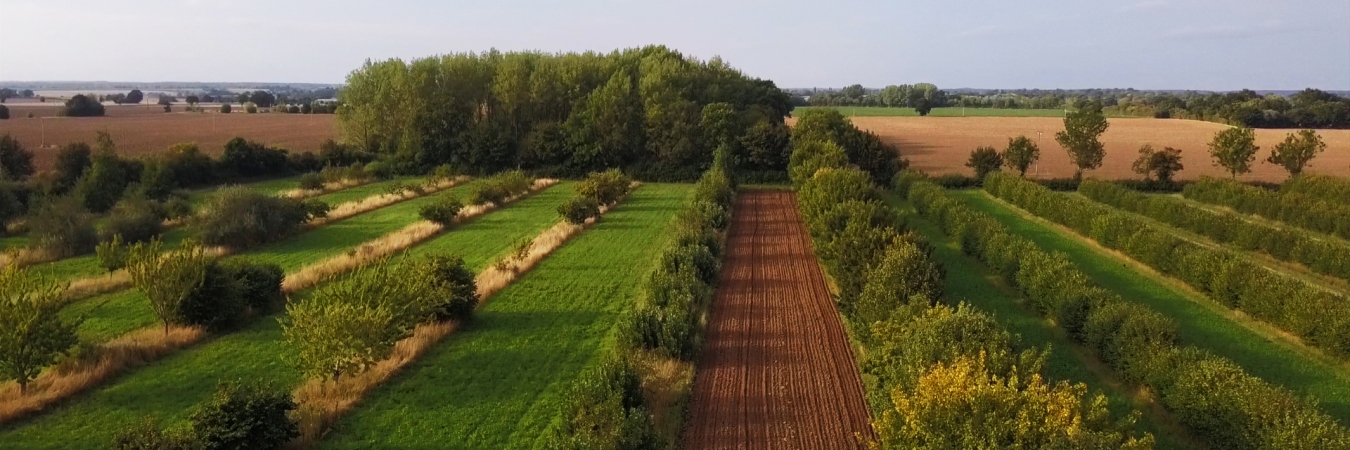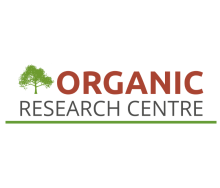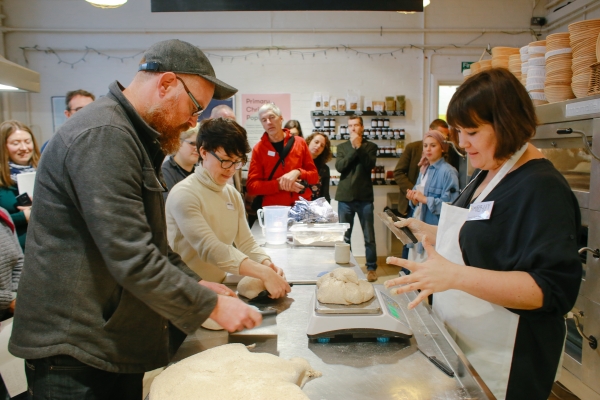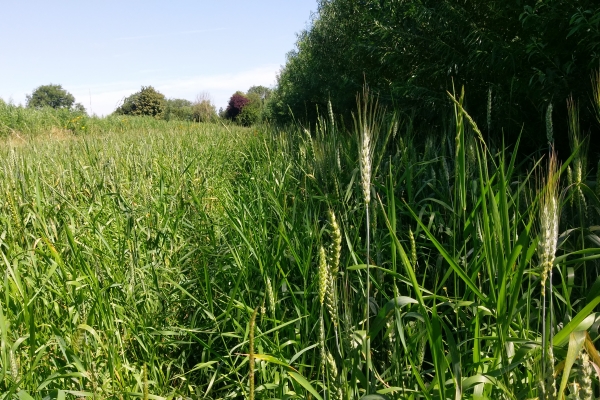Wakelyns Agroforestry: Resilience through diversity
Resource explained
Integrating trees for timber, energy and fruit production into an organic crop rotation, Wakelyns (a 22.5 hectare innovative farm) was established by the late plant pathologist Prof. Martin Wolfe to put into action his theories of agrobiodiversity being the answer to achieving sustainable and resilient agriculture. The farm has been the focus of research into organic crop production and agroforestry for 20 years. Some of the key theories investigated and the evidence produced by Martin and researchers from the Organic Research Centre are summarised in this review which is invaluable to any farmer or land manager with an interest in carrying out agroforestry on their land.
Findings & recommendations
- The farm incorporates 4 silvoarable agroforestry systems into an organic arable rotation. There are various approaches to increasing genetic diversity, including mixing different varieties of the same crop as well as mixing different species.
- All trees are planted in north-south rows, with an organic arable and vegetable crop rotation grown in the 10-12 m wide alleys between the tree rows. Timber trees were planted in pairs of the same species. Lower limbs have been pruned to maintain form and facilitate crop management. Cut material from coppicing the hazel and willow short rotation is used to feed a woodchip boiler which heats the farmhouse. Data has been collected over the years on all elements of the different systems including tree growth and productivity, annual and perennial crop yields, incidences of pests and diseases, functional biodiversity and whole system sustainability.
- There are various approaches to increasing genetic diversity on the farm, including mixing different varieties of the same crop as well as mixing different species. Martin developed a composite cross wheat population – the theory being that natural selection then acts on the genetically diverse crop population leading to local adaptation.
- The diverse range of produce that has originated from Wakelyns over the years demonstrate how productive a small plot of land can be.
Header image credit: Maja Lindstrom









